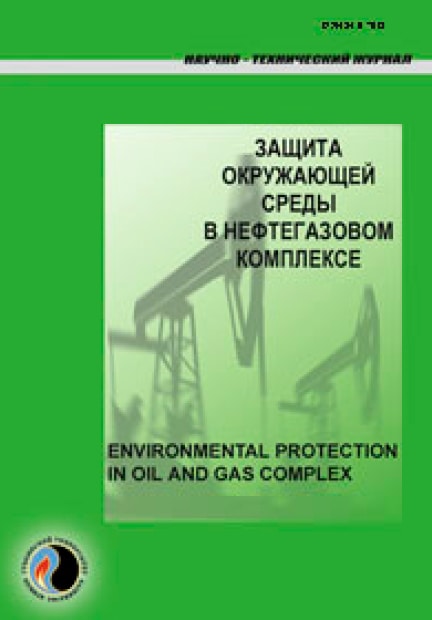Geoecological risks and industrial safety of the oil and gas complex: geoinformation aspects
UDC: 504.054
DOI: -
Authors:
AKOVETSKY VIKTOR G. 1
1,
AFANASYEV ALEXEY V. 1
1,
LAVRENCHUK VARVARA A. 1
1
1 National University of Oil and Gas "Gubkin University", Moscow, Russia
Keywords: geoecological risks, environment, oil and gas complex, hazardous natural and man-made processes, emergencies, accidents, catastrophes, industrial safety, wells
Annotation:
The authors of the article consider the main approaches to assessing geo-ecological risks affecting the environmental and industrial safety of oil and gas facilities. The ongoing climatic processes on the planet have a significant impact on the condition of the territories of the oil and gas complex facilities placement. First of all, it applies to the territories of the Arctic zone of Russia, where there is an increase in the number of emergencies caused by the activation of dangerous natural processes and phenomena. Along with this fact, the equipment used is becoming obsolete, as it was put into operation more than 20 years ago. This situation required the development of systems for monitoring the condition of the oil and gas complex based on the use of remote observation methods and interpretation of their results based on models of "artificial intelligence". The aim of the work is to develop and practically test methodological principles of building remote monitoring systems for implementing oil and gas complex projects in order to ensure their environmental and industrial safety. The authors of the article provide examples of practical testing of the use of methods and models for risk assessment of oil and gas complex projects.
Bibliography:
1. Akovetskiy V.G., Miloserdov P.V., Ivanova L.A. Geoekologicheskie aspekty izmeneniya klimata v zadachakh neftegazovogo kompleksa // Zashchita okruzhayushchey sredy v neftegazovom komplekse. – 2022. – № 3(306). – S. 33–42. – DOI: 10.33285/2411-7013-2022-3(306)-33-42
2. VRD 39-1.13-081-2003. Sistema proizvodstvennogo ekologicheskogo monitoringa na ob"ektakh gazovoy promyshlennosti. Pravila proektirovaniya. – M.: IRTs Gazprom, 2003. – 79 s.
3. GOST 8.820-2013. Metrologicheskoe obespechenie. Osnovnye polozheniya. – Vved. 2015–01–01. – M.: Standartinform, 2019. – III, 8 s.
4. RMG 29-2013 GSI. Metrologiya. Osnovnye terminy i opredeleniya. Rekomendatsii po mezhgosudarstvennoy standartizatsii ot 05.12.2013 g. № 29-2013. – Vved. 2015–01–01. – M.: Standartinform, 2014. – 83 s. – URL: https://metrcons.ru/upload/iblock/feb/feb4f18a54120293bf0fe6973539d7e4.pdf (data obrashcheniya 12.07.2024).
5. GOST R 51607-2000. Karty tsifrovye topograficheskie. Pravila tsifrovogo opisaniya kartograficheskoy informatsii. Obshchie trebovaniya. – Vved. 2001–01–01. – M.: Izd-vo standartov, 2000. – II, 5 s. – URL: https://gostrf.com/normadata/1/4294816/4294816078.pdf (data obrashcheniya 12.07.2024).
6. Roston E. World’s CO2 Hotspots Pinpointed by Al Gore-Backed Climate Project. – URL: https://www.bloomberg.com/news/articles/2022-11-09/world-s-co2-hotspots-pinpointed-by-al-gore-backed-climate-project (data obrashcheniya 12.07.2024).

